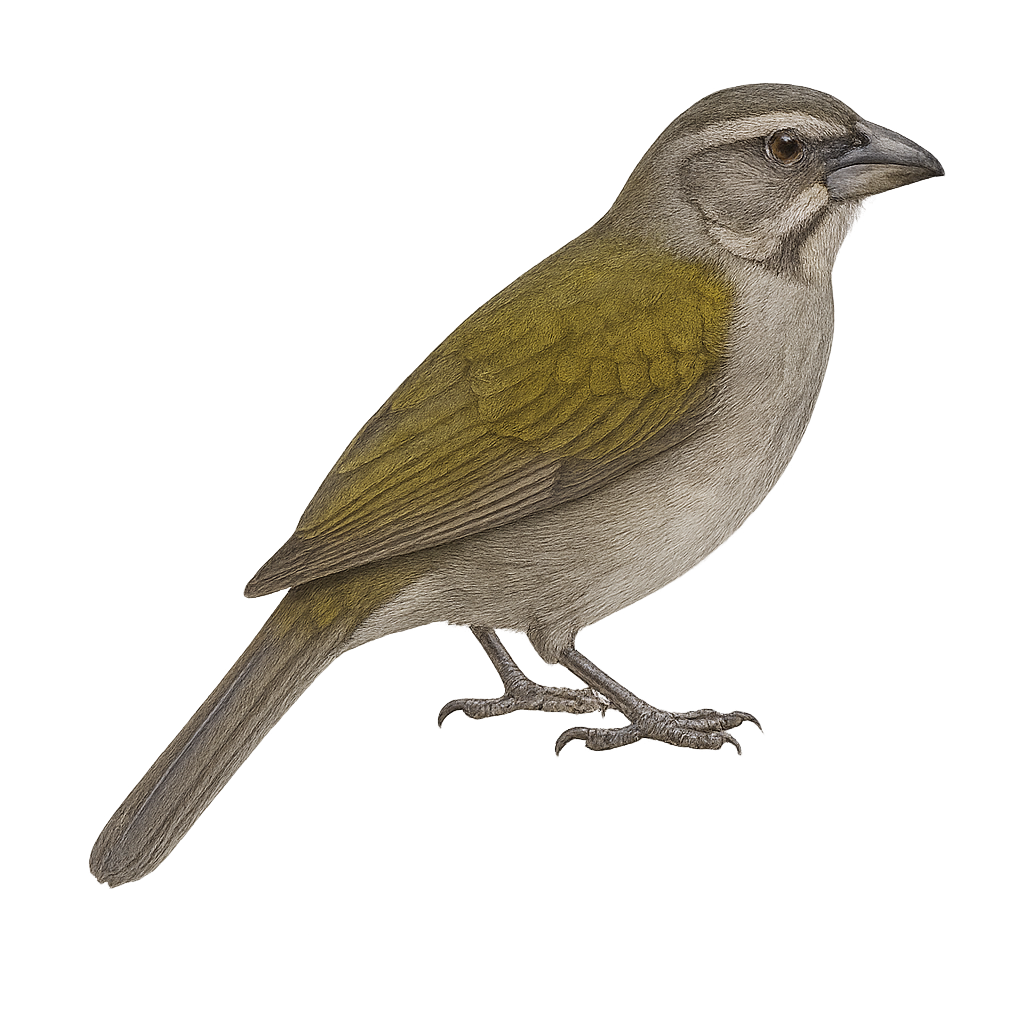Your wildlife photography guide.
Explore the streaked saltator in detail, study its behavior, prepare your shots.
Where to observe and photograph the streaked saltator in the wild
Learn where and when to spot the streaked saltator in the wild, how to identify the species based on distinctive features, and what natural environments it inhabits. The WildlifePhotographer app offers tailored photography tips that reflect the streaked saltator’s behavior, helping you capture better wildlife images. Explore the full species profile for key information including description, habitat, active periods, and approach techniques.
Streaked Saltator
Scientific name: Saltator albicollis

IUCN Status: Least Concern
Family: THRAUPIDAE
Group: Birds
Sensitivity to human approach: Suspicious
Minimum approach distance: 10 m
Courtship display: March to April
Incubation: 13-15 jours
Hatchings: March to May
Habitat:
Tropical forests, subtropical forests, forest edges
Activity period :
Primarily active during the day, with peak activity in the morning and late afternoon.
Identification and description:
The Streaked Saltator, scientifically known as Saltator albicollis, is a medium-sized bird belonging to the Thraupidae family. It is characterized by its olive-green back and white throat, which gives it its name. Its chest is gray with dark streaks, and it has a strong beak suited for its primarily seed-based diet. Found mainly in the tropical and subtropical forests of Central and South America, it is often seen in small groups. Although relatively discreet, its melodious song is easily recognizable. This bird plays an important role in seed dispersal, aiding in forest regeneration.
Recommended lens:
400 mm – adjust based on distance, desired framing (portrait or habitat), and approach conditions.
Photography tips:
To photograph the Streaked Saltator, it is advisable to use a 400mm lens or longer to capture detailed images without disturbing the bird. Look for it at the edges of tropical or subtropical forests, where it is often active during the day. Be patient and discreet, as this bird is suspicious. Listen for its distinctive song to locate its position. The natural light of the morning or afternoon is ideal to highlight the details of its plumage.
The WildlifePhotographer App is coming soon!
Be the first to explore the best nature spots, track rutting seasons, log your observations, and observe more wildlife.
Already 1 431 wildlife lovers subscribed worldwide

